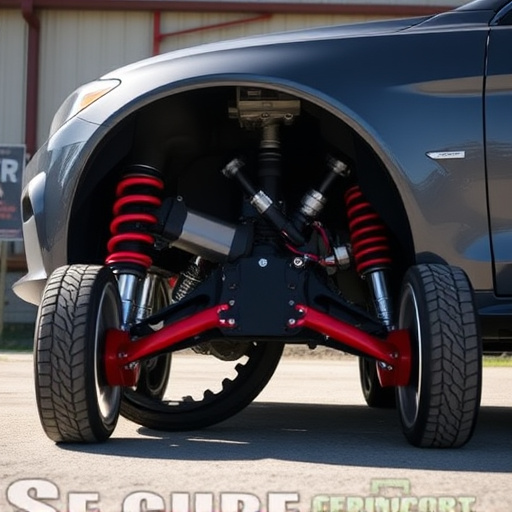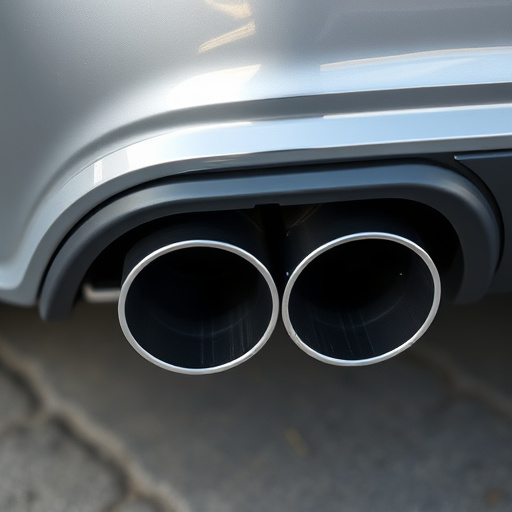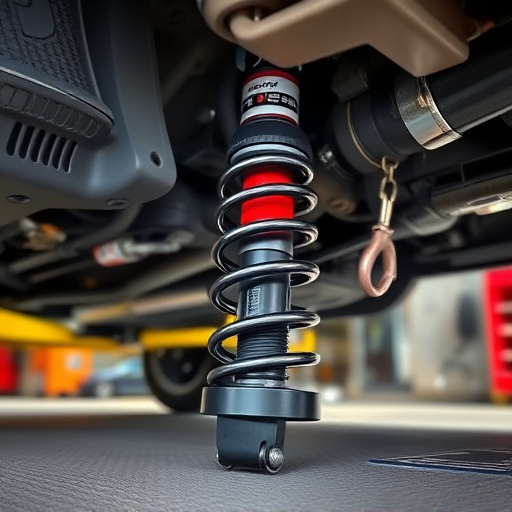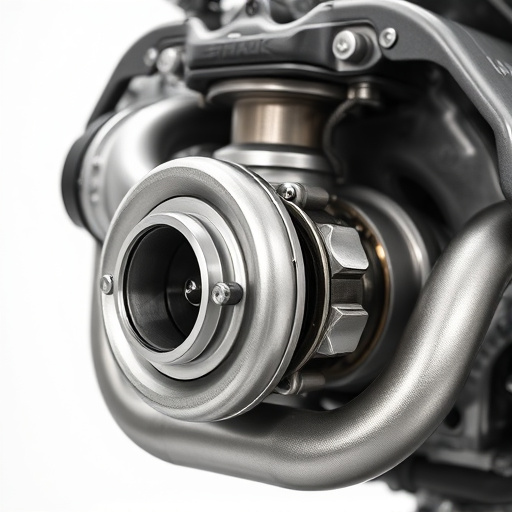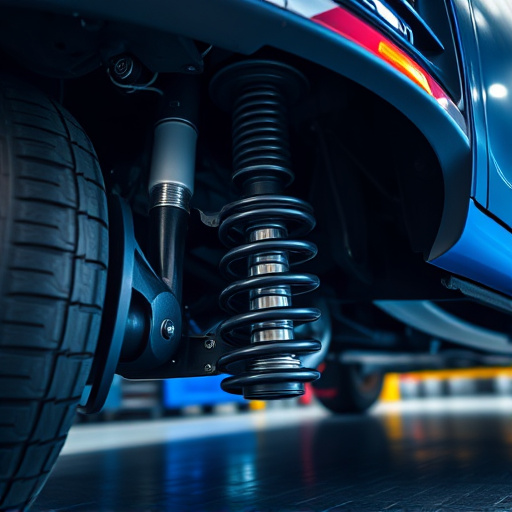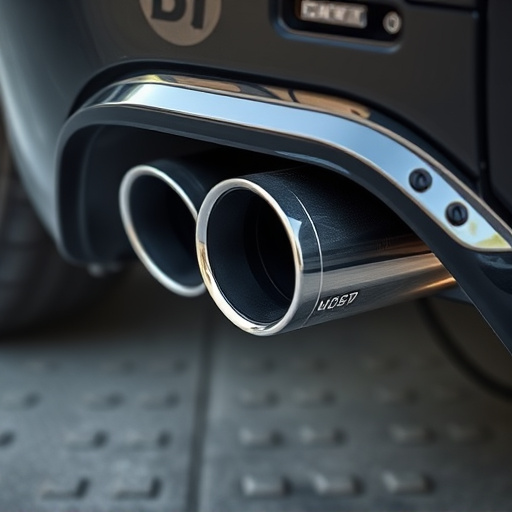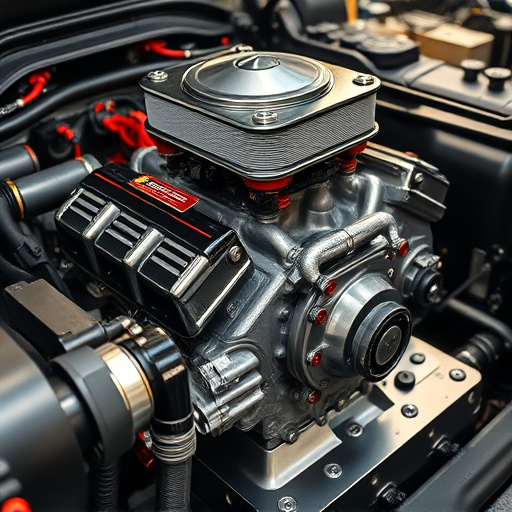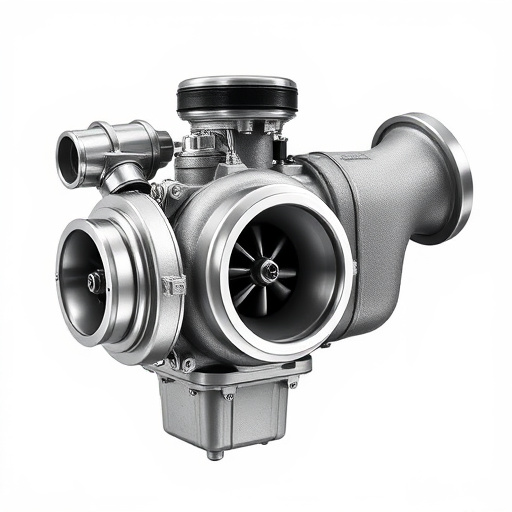A resonator delete, a popular vehicle modification, amplifies exhaust tones by removing or blocking the resonator. While enhancing performance and sound, it's crucial to consider local regulations as modifications may exceed legal noise limits. To pass inspections, pair the resonator delete with strategic upgrades like cold air intakes and performance exhausts, ensuring proper sealing and regular system maintenance to avoid penalties.
Unsure if modifying your vehicle’s exhaust system will fail inspection? Discover the truth about passing inspections with a resonator delete installed. This guide breaks down the science behind resonator deletes and their impact on noise levels, addressing crucial legal considerations and inspection standards. Learn practical strategies to ensure compliance and avoid unnecessary delays. Understanding these factors is key for any car enthusiast looking to keep their vehicle road-legal while enjoying enhanced performance from a resonator delete.
- Understanding Resonator Deletes and Their Function
- Inspection Standards and Legal Considerations
- Strategies for Passing Inspection with a Resonator Delete Installed
Understanding Resonator Deletes and Their Function

A resonator delete is a modification often performed on vehicles to enhance their performance capabilities, particularly in relation to engine sound and efficiency. It involves removing or blocking the resonator, a component of the vehicle’s exhaust system designed to reduce unwanted noise. The primary function of a resonator is to cancel out specific frequencies of sound produced by the engine, resulting in a quieter exhaust note. However, many car enthusiasts opt for resonator deletes to amplify the engine’s sound, a modification popular among those who appreciate the auditory experience of their vehicle’s power.
This simple yet effective change can significantly impact the overall driving experience, especially when combined with other modifications like air intake systems and performance exhaust. By removing the resonator, the intake components of the engine may become more prominent, contributing to a deeper and sportier exhaust tone. It’s crucial to note that while a resonator delete might be appealing to car enthusiasts, it could potentially affect the vehicle’s noise levels beyond legal limits, which is why understanding local regulations is essential before considering such modifications.
Inspection Standards and Legal Considerations
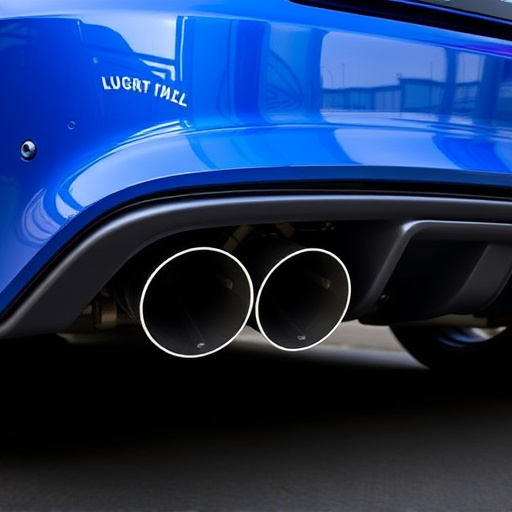
When it comes to passing inspections with a resonator delete installed, understanding both inspection standards and legal considerations is paramount. Each region has its own set of regulations regarding vehicle emissions and noise levels, which can significantly impact whether a car with a resonator delete will be approved. In many areas, modifications like resonator deletes are explicitly prohibited, as they can increase noise levels beyond acceptable limits, disrupting peace and safety in urban environments.
Moreover, using high-performance parts, such as modified muffler tips or aggressive performance air filters, might trigger additional scrutiny during inspections. While some enthusiasts argue that a resonator delete can improve engine sound and overall vehicle performance, it’s crucial to remember that these modifications may not only fail to pass inspection but could also lead to legal penalties, including fines or the requirement to revert the changes.
Strategies for Passing Inspection with a Resonator Delete Installed
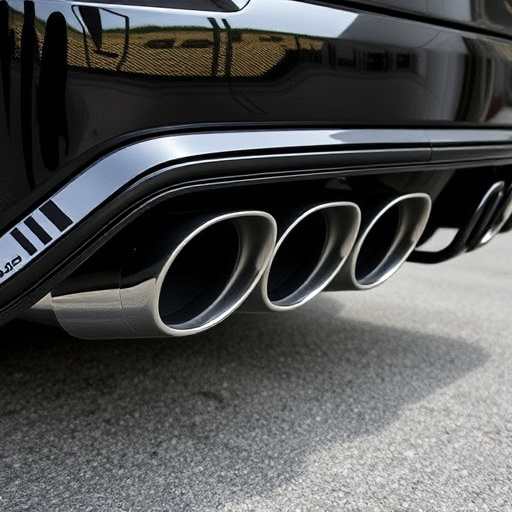
Many vehicle owners considering a resonator delete for improved sound and performance wonder if it will pass inspection. While resonator deletes can enhance engine sound and boost power by reducing backpressure, they may also alter a car’s overall noise levels. To pass inspection with a resonator delete installed, focus on maintaining safe and legal noise levels.
Strategize your modifications carefully. Upgrading to a high-flow cold air intake or performance exhaust can help offset any noise increases caused by the resonator delete. Ensure all intake components are properly sealed and routed to minimize droning sounds. Regularly inspect and maintain your exhaust system for leaks, ensuring all hangers are secure, and the system is free from damage. Remember, inspections are designed to ensure vehicles meet safety standards, so prioritize these considerations to increase your chances of passing with a resonator delete in place.
While installing a resonator delete can enhance engine performance, it’s crucial to understand that this modification may affect your vehicle’s inspection results. To pass inspection with a resonator delete, consider employing strategies such as ensuring proper tuning and maintaining clean exhaust systems. Always stay informed about local inspection standards and legal considerations regarding resonator deletes to avoid any issues. Remember, safe and legal modifications are key to enjoying the benefits of enhanced engine sound without compromising your vehicle’s compliance.

